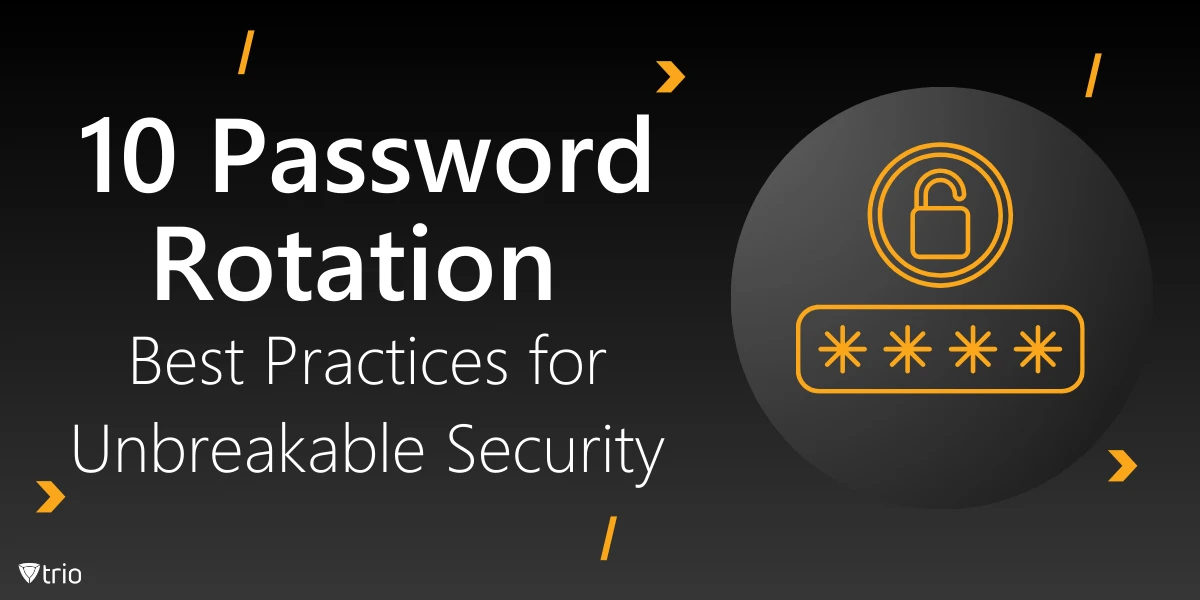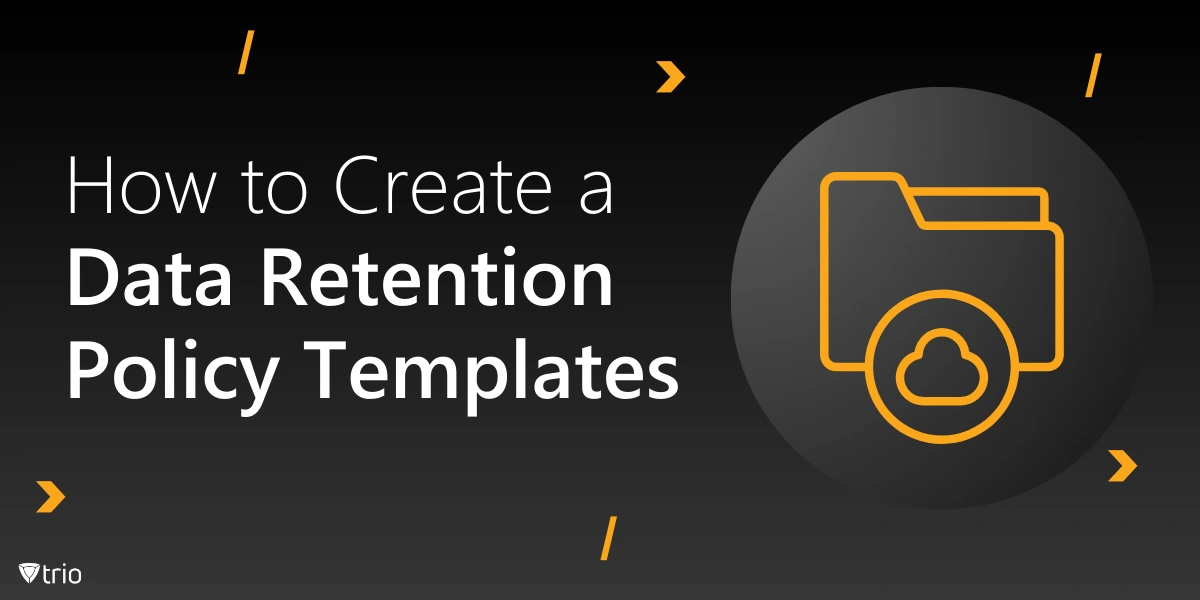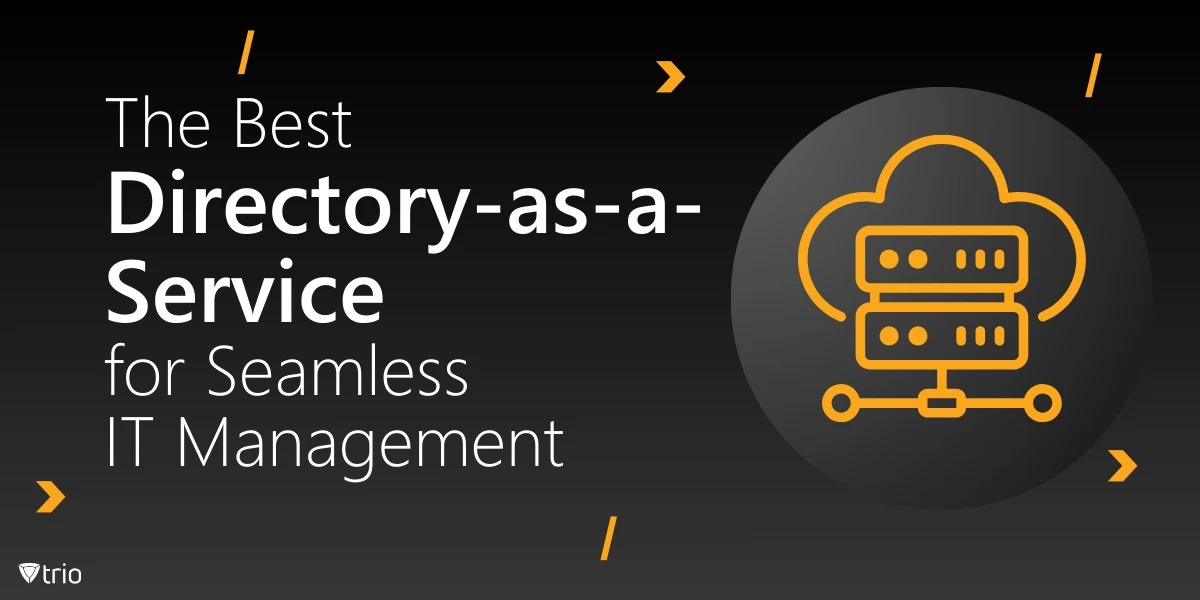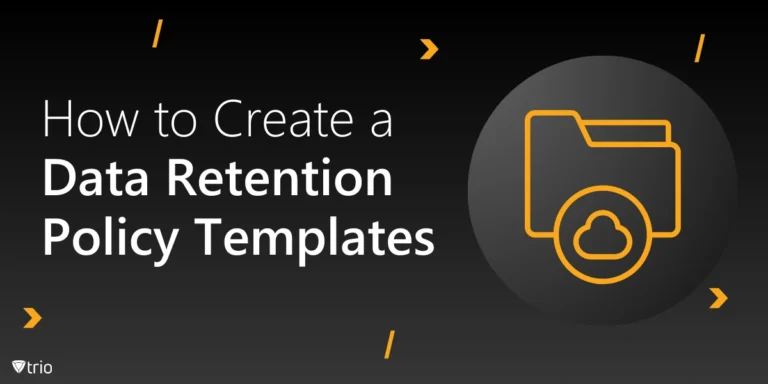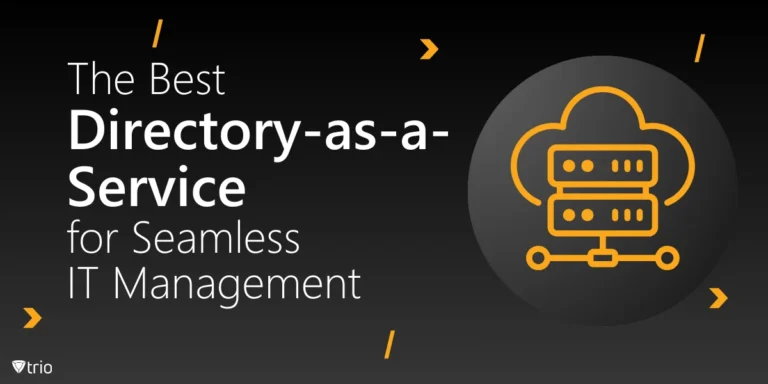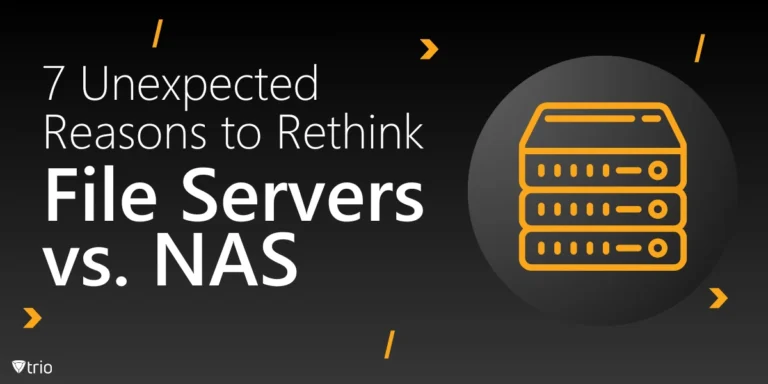In a world where cyber threats evolve daily, your password might be the only thing standing between your data and a devastating breach. New threats emerge daily, targeting vulnerabilities that organizations didn’t even know existed. As hackers become more sophisticated, the need for strong security measures intensifies.
A strong password is a shield, but an old one? It’s a ticking time bomb. Passwords remain the fundamental barrier between sensitive data and unauthorized access. They are guarding everything from personal emails to critical corporate information. Despite advancements in security technologies, the humble password still plays a pivotal role.
Implementing effective password rotation is a crucial strategy in enhancing security. By adopting password rotation best practices and integrating them with comprehensive profile management, organizations can stay one step ahead of cyber threats. Leaning into password rotation practices is a strong step towards better security.
What Is Password Rotation?
Password rotation refers to the policy of changing passwords at regular, predefined intervals. It’s a systematic approach to ensure that any potential password compromise is short-lived. By regularly updating credentials, organizations can minimize the risk window for unauthorized access.
In practice, password rotation works by prompting or requiring users to update their passwords periodically. This could be monthly, quarterly, or based on the sensitivity of the information being protected. The key is consistency and adherence to the rotation schedule across the entire organization.
The rationale behind regularly changing passwords is rooted in risk mitigation. If a password is unknowingly compromised, frequent changes reduce the time an attacker has to exploit it. Regular rotation disrupts any unauthorized access attempts, enhancing overall security posture.
The Risks of Stale Passwords
Outdated passwords are a goldmine for cybercriminals. Over time, passwords can become vulnerable to various attack methods, such as brute-force attacks or credential stuffing. Neglecting password best practices can leave an organization exposed to significant security breaches. According to Demand Sage, weak passwords account for 30% of data breaches worldwide, while poor password management practices contribute to 81% of security incidents in companies.
Real-world examples abound where security incidents occurred due to neglected password policies. High-profile breaches often trace back to simple issues like unchanged default passwords or credentials that haven’t been updated in years. These incidents highlight the critical importance of keeping passwords fresh and secure.
Setting up new passwords periodically might seem simple, but it plays a fundamental role in keeping your data secure. Let’s explore how you can maximize the effectiveness of password rotation and strengthen your defenses.
1. Establish a Regular Rotation Schedule
Setting a consistent password change interval is necessary for maintaining security. Establishing a regular rotation schedule ensures that all users update their passwords before they become a liability. This discipline is a main component of effective password rotation.
When determining the rotation frequency, several factors come into play. Consider the sensitivity of the data being protected, regulatory requirements, and the current threat landscape. Adhering to best practices for password change frequency helps balance security needs with user convenience.
Implementing a clear schedule communicates expectations to all users. It removes ambiguity and fosters a culture of security awareness. Regular reminders and enforced policies can help maintain compliance across the organization.

2. Enforce Strong Password Policies
A password rotation policy is only effective if the passwords themselves are strong. Enforcing guidelines for creating complex and unique passwords is essential. Weak passwords can be easily cracked, rendering rotation efforts futile.
Emphasize the importance of length, character variety, and unpredictability. Encourage users to create passwords that include a mix of uppercase and lowercase letters, numbers, and special characters. Avoid common words or easily guessable information.
Providing training and tools to help users create strong passwords can make compliance easier. Password strength meters and automated checks can enforce policy requirements, ensuring that every new password enhances security.
3. Implement Multi-Factor Authentication (MFA)
Multi-factor authentication adds an additional security layer beyond traditional passwords. By requiring extra verification steps, MFA makes it significantly harder for unauthorized users to gain access, even if they have the correct password.
Various types of MFA methods are available to suit organizational needs. Options include SMS codes, authentication apps, biometric scans, and hardware tokens. Implementing MFA complements password policies by adding another barrier against potential breaches.
Integrating MFA into your security strategy demonstrates a commitment to protecting sensitive information. It reassures stakeholders that proactive measures are in place to counter evolving cyber threats. Moreover, it is rapidly becoming a standard practice in the evolving cybersecurity landscape.
4. Utilize Password Management Tools
Leveraging password management tools can streamline and strengthen security efforts. These tools offer password vaulting benefits by securely storing credentials in encrypted formats. It’s a digital safe where all passwords are protected and easily managed.
Features like password rotation automation simplify the process of updating passwords regularly. Password rotation tools can automatically generate strong, unique passwords and prompt users when it’s time to change them. This reduces the administrative burden and minimizes human error.
Utilizing such tools not only enhances security but also improves user experience. By simplifying the management of complex passwords, users are more likely to comply with security policies.
5 .Educate Employees on Security Awareness
Employees play a critical role in maintaining organizational security. Educating staff on password best practices empowers them to act as the first line of defense against cyber threats. Awareness training can significantly reduce the risk of security incidents caused by human error.
Strategies for ongoing education include regular training sessions, interactive workshops, and security bulletins. Incorporating real-world examples and simulated phishing attempts can make the training more engaging and effective.
Creating a culture of security awareness ensures that employees understand the importance of their role. It encourages them to remain vigilant and adhere to policies designed to protect both themselves and the organization.
6. Prohibit Password Reuse and Cycling
Reusing or cycling old passwords is a dangerous practice that undermines security efforts. Hackers often exploit patterns in password choices, and reusing credentials across multiple accounts increases vulnerability. Policies should strictly prohibit password reuse.
Implementing systems that enforce the creation of entirely new passwords each time is essential. Password history checks can prevent users from reusing previous passwords. This practice ensures that each password change enhances security rather than maintaining the status quo.
Educating users about the risks associated with password reuse can also promote better habits. When users understand the potential consequences, they’re more likely to comply with policies designed to protect them.

7. Monitor and Audit Password Policies
Regular monitoring and auditing of password policies are vital for maintaining compliance and identifying weaknesses. By reviewing how effectively policies are being followed, organizations can make necessary adjustments to enhance security.
Tools and techniques for effective monitoring include security information and event management (SIEM) systems, automated compliance checks, and regular security audits. Incorporating just-in-time access controls can also improve security by granting permissions only when needed.
Monitoring isn’t just about enforcement; it’s about continuous improvement. By analyzing audit results, organizations can refine their policies and address emerging threats proactively.
8. Secure Password Storage and Transmission
Protecting passwords during storage and transmission is non-negotiable. Methods for encrypting passwords ensure that even if data is intercepted, it remains unreadable to unauthorized parties. Secure password storage is as critical as the passwords themselves.
Utilizing secure protocols and encryption standards like SSL/TLS during transmission protects data in transit. Implementing robust encryption algorithms for stored passwords, such as bcrypt or Argon2, adds another layer of security.
Regularly updating encryption methods and staying informed about vulnerabilities is essential. As encryption standards evolve, so should your organization’s practices to maintain the highest level of security.
9. Implement Account Lockout Policies
Account lockout policies can effectively prevent unauthorized access attempts. By locking accounts after a predefined number of failed login attempts, organizations can thwart brute-force attacks and other malicious activities.
Setting appropriate thresholds for failed attempts is important. The balance lies in deterring attackers without causing unnecessary inconvenience to legitimate users. Incorporating features like progressive delays can also enhance effectiveness.
Communicating these policies to users ensures they’re aware of the security measures in place. It also encourages them to take care when entering credentials, reducing accidental lockouts.
10. Stay Updated with Industry Standards
The cybersecurity field is dynamic, with new threats and solutions emerging regularly. Staying updated with industry standards allows organizations to adapt their security measures to counteract evolving risks.
Keeping abreast of the latest cybersecurity threats and solutions involves continuous learning. Participating in industry forums, subscribing to security bulletins, and attending conferences can provide valuable insights.
Adapting password policies to align with current best practices, such as exploring passwordless authentication methods, ensures that your organization isn’t left behind. Embracing innovation can enhance security and improve user experience simultaneously.
Trio: Stronger Passwords
Mobile Device Management (MDM) is crucial in enforcing security policies across all devices within an organization. Our MDM solution, Trio, seamlessly integrates password rotation and profile management, ensuring consistent application of security measures.
Trio not only simplifies MDM but also offers advanced features like password rotation automation. Experience the password vaulting benefits firsthand with our secure and user-friendly platform.
We invite you to try our free demo and discover how Trio can bolster your organization’s security framework. Let us partner with you in building unbreakable security through effective MDM solutions.
Conclusion: Strengthening Security Through Effective Password Rotation
Incorporating these password rotation best practices fortifies your defenses against the ever-evolving cyber threats. Regularly updating passwords, enforcing strong policies, and educating employees create a robust security posture. By being one step ahead, organizations can significantly reduce the risk of breaches.
Remember, unbreakable security isn’t achieved overnight. It requires continuous effort, adaptation, and vigilance. By prioritizing password security and embracing comprehensive strategies, you pave the way for a safer digital environment for everyone involved.
